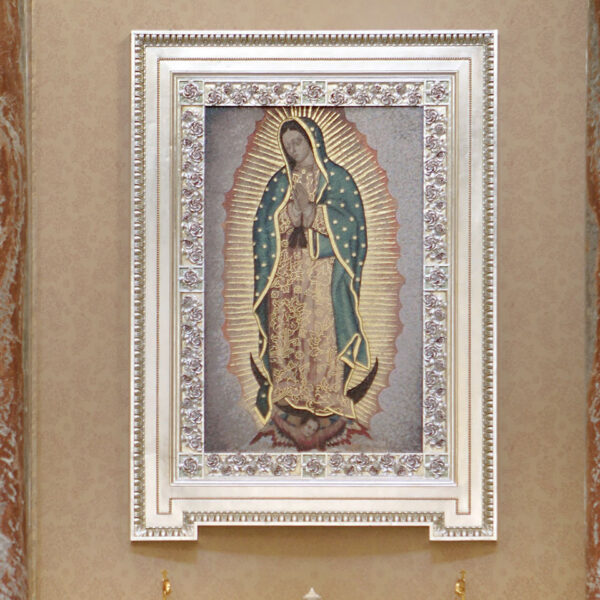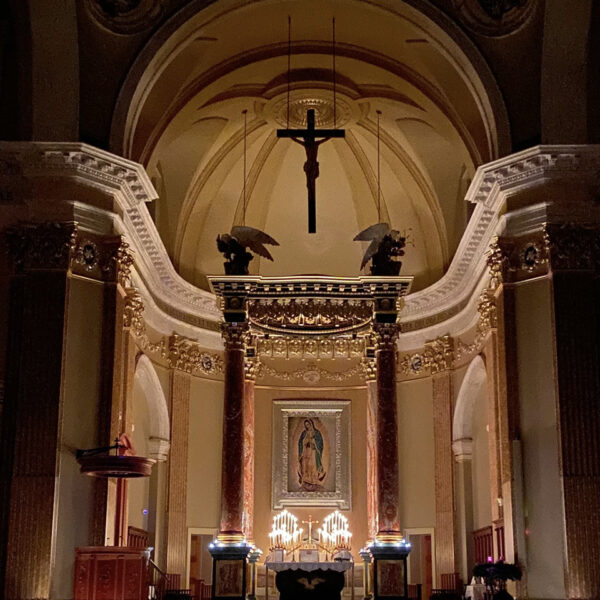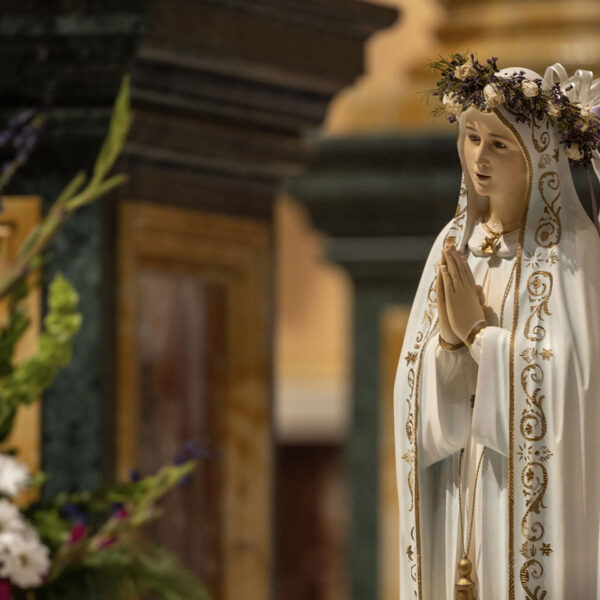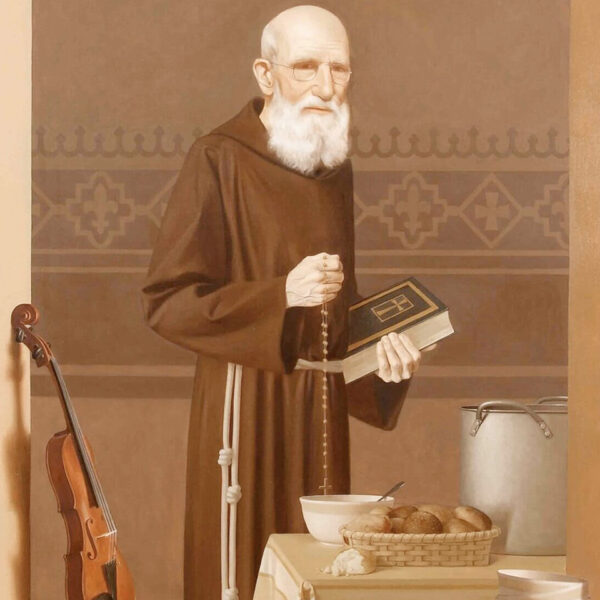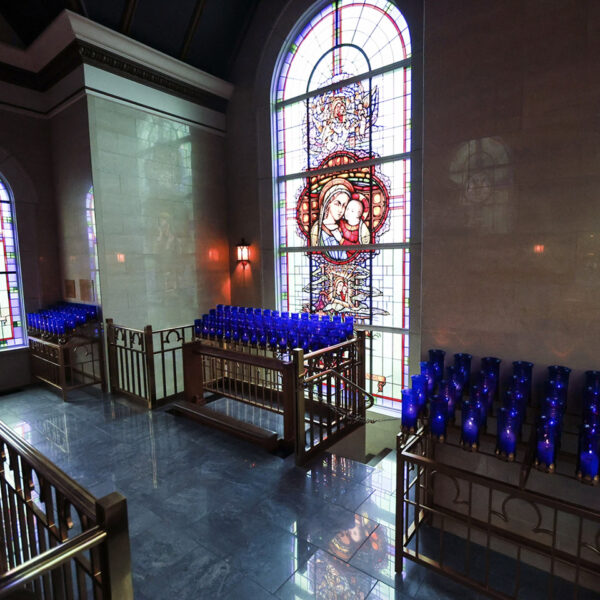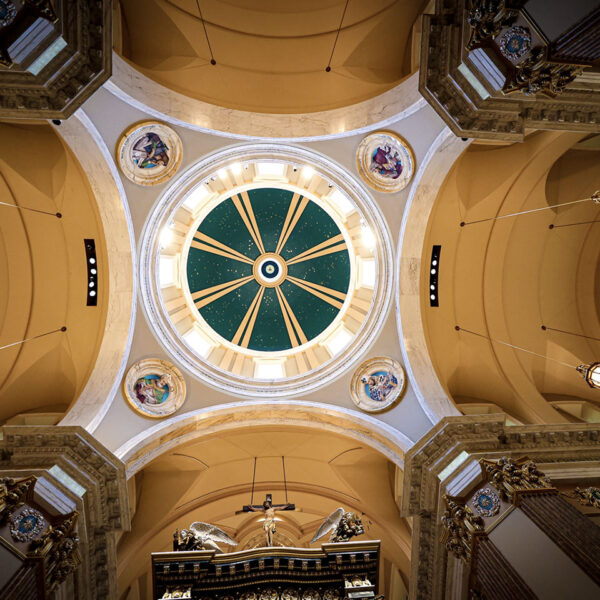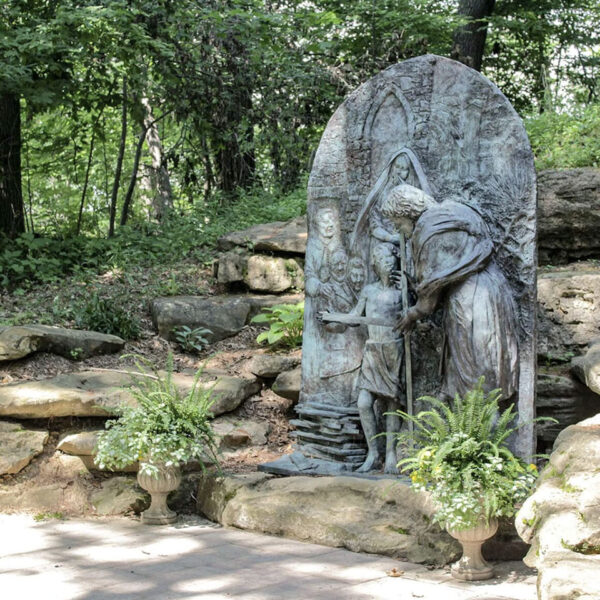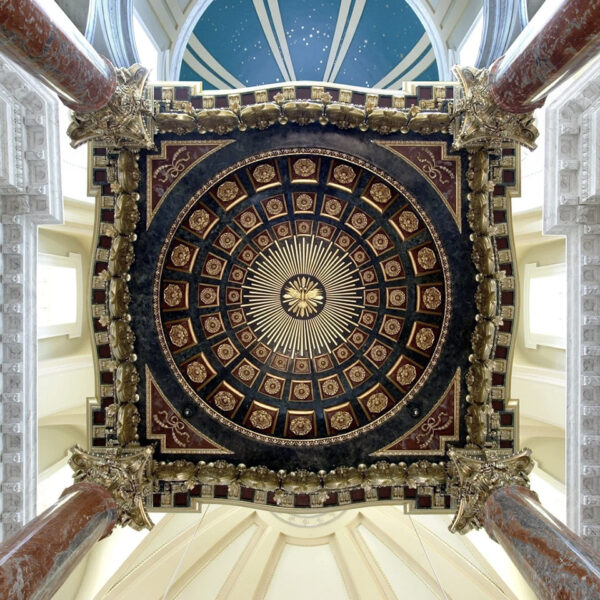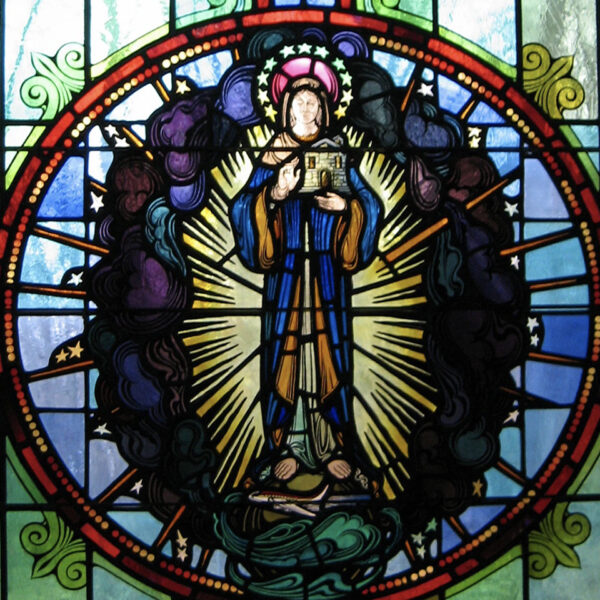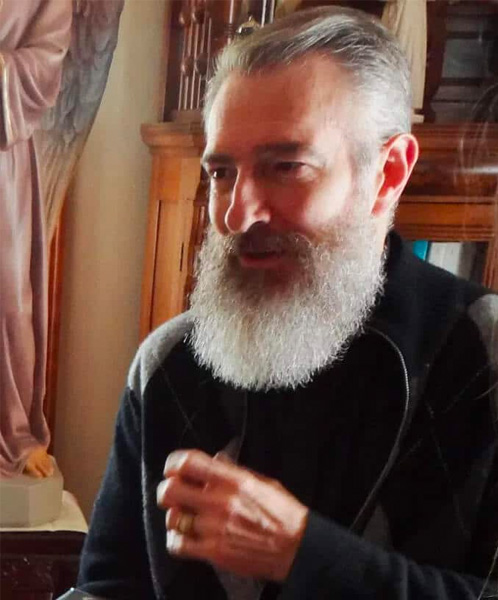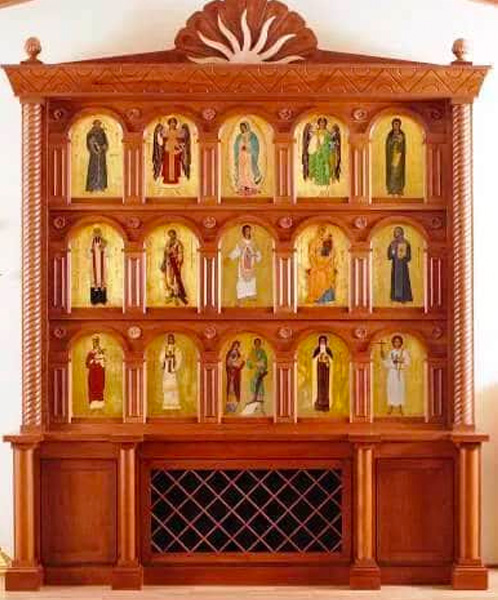Art & Architecture

Beauty
What is capable of restoring enthusiasm and confidence, what can encourage the human spirit to rediscover its path, to raise its eyes to the horizon, to dream of a life worthy of its vocation — if not beauty?
Beauty pulls us up short, but in so doing it reminds us of our final destiny, it sets us back on our path, fills us with new hope, gives us the courage to live to the full the unique gift of life… Beauty, whether that of the natural universe or that expressed in art, precisely because it opens up and broadens the horizons of human awareness, pointing us beyond ourselves, bringing us face to face with the abyss of Infinity, can become a path towards the transcendent, towards the ultimate Mystery, towards God.
Images of the Guadalupe Shrine
Sacred Art within the Shrine Church
There are six paintings along the side aisles within the Church, depicting saints who are honored at the Shrine of Our Lady of Guadalupe for their particular patronage. For the artist’s statement (as it becomes available) about each of paintings, please click on the title of each painting.
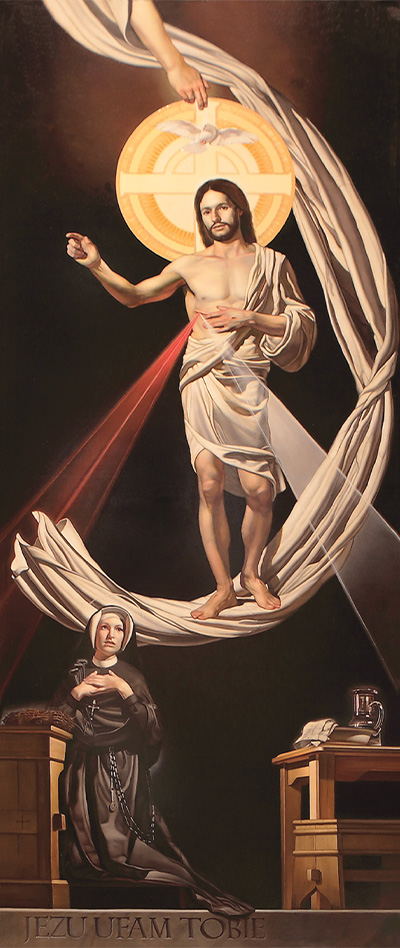
Saint Faustina and Divine Mercy
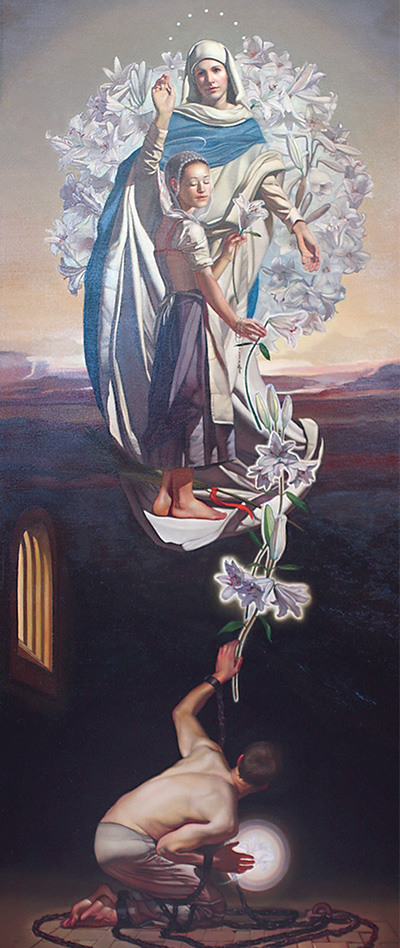
Saint Maria Goretti

Saint Therese of Lisieux
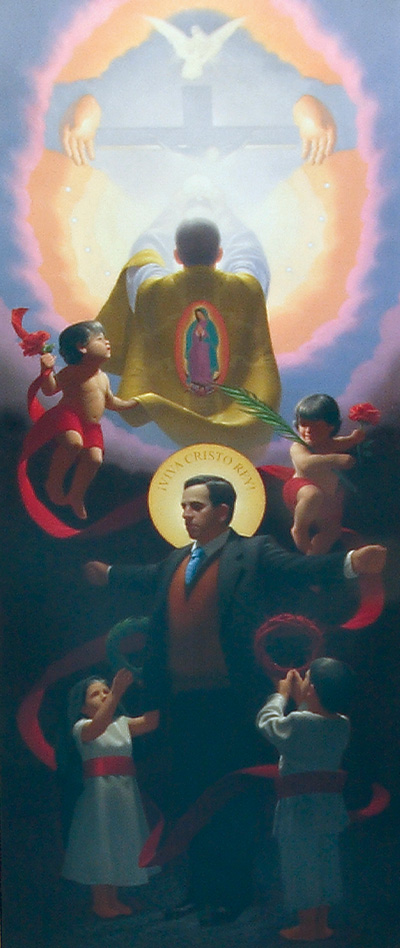
Blessed Miguel Pro
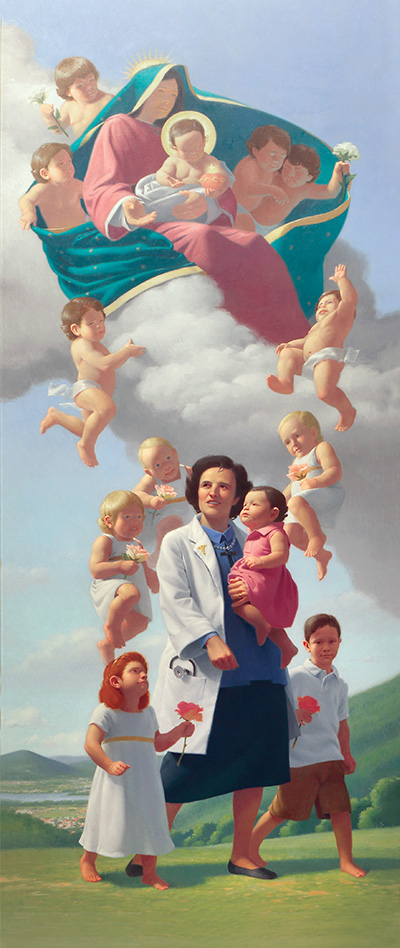
Saint Gianna Beretta Molla
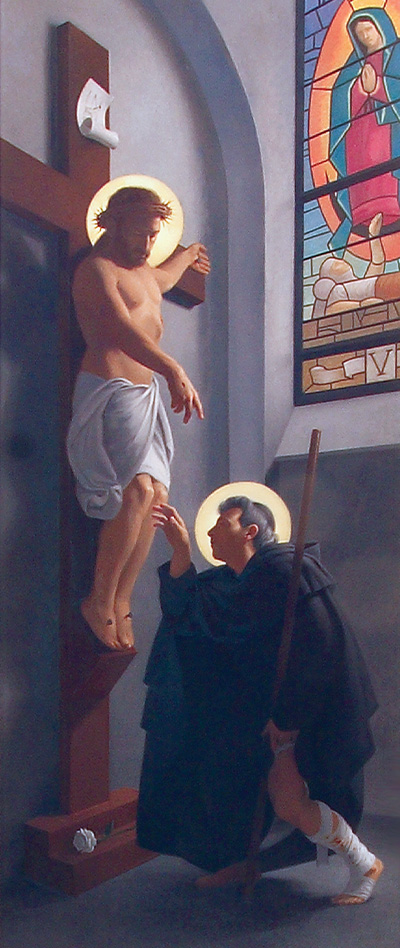
Saint Peregrine Laziosi
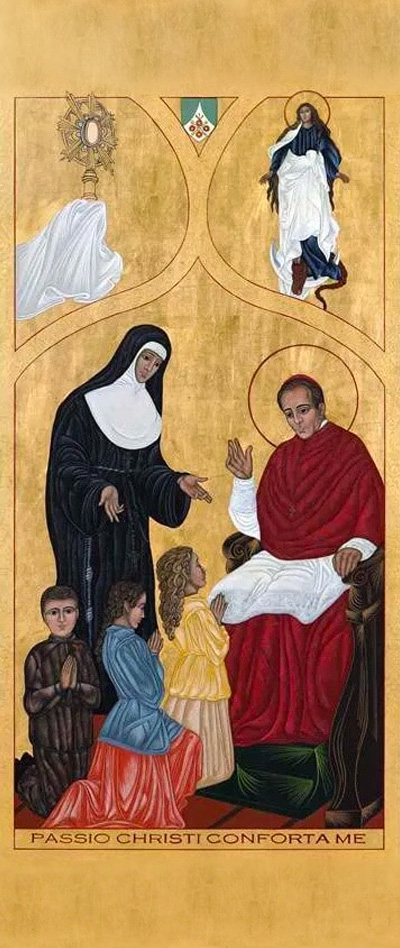
Iconography
“Art, in all its forms, at the point where it encounters the great questions of our existence, the fundamental themes that give life its meaning, can take on a religious quality, thereby turning into a path of profound inner reflection and spirituality.”
– Pope Benedict XVI

